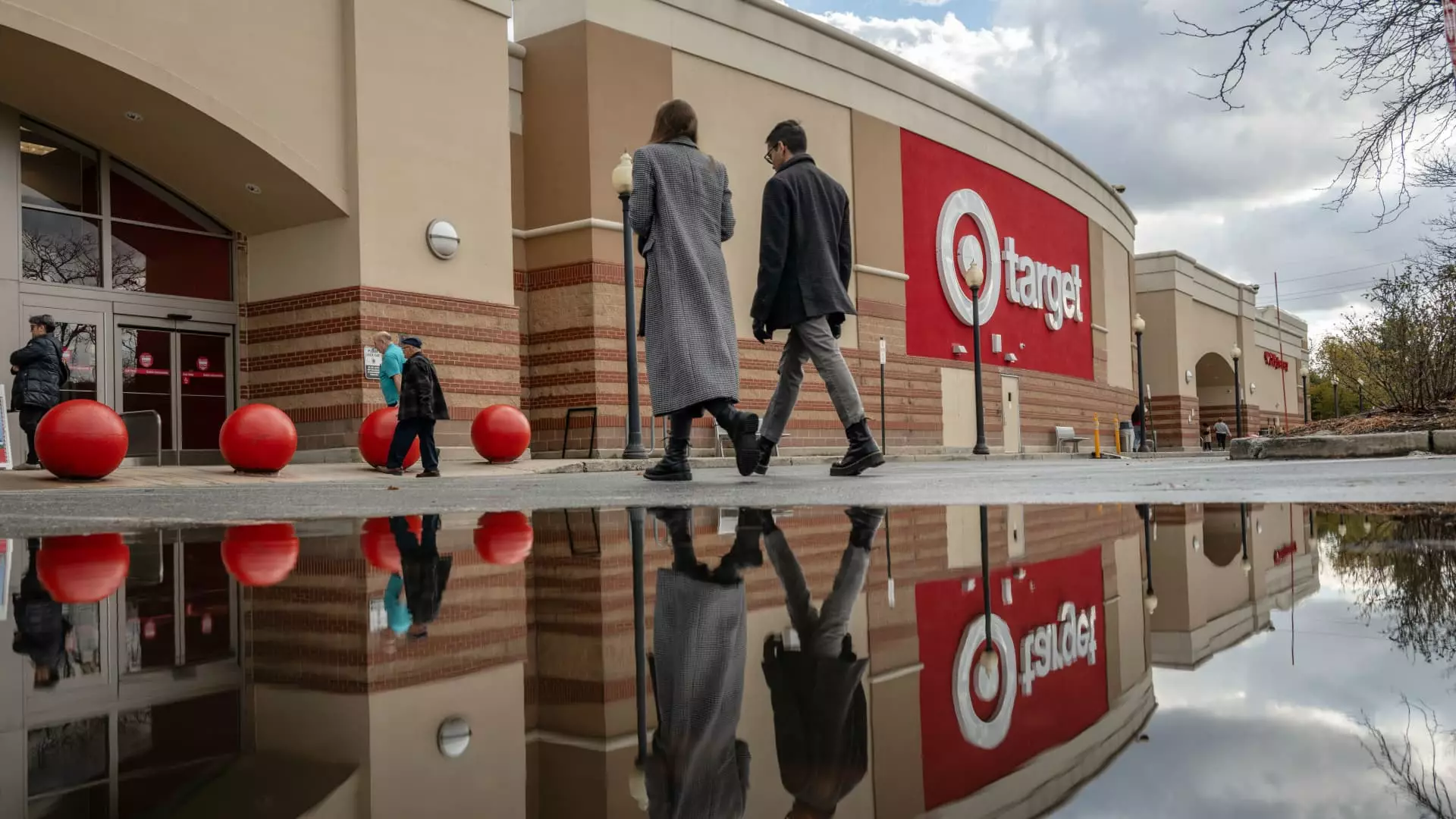As the festive season approaches, the retail landscape is brimming with both opportunities and challenges. This year, the holiday shopping spree poses a unique convergence of consumer behavior shifts, economic pressures, and varying retailer performances. While some companies are witnessing a surge in sales, others are grappling with disappointing results, underlining a pronounced divide in the retail market.
The backdrop of the retail environment this year is defined by a prolonged period of inflation that has significantly affected how consumers allocate their budgets. As essentials like food, housing, and utilities consume a larger portion of disposable income, shoppers are increasingly selective with their purchases, particularly when it comes to discretionary expenditures such as gifts and festive attire. Retailers that have traditionally thrived on impulse purchases now find themselves in a precarious position, as consumers exhibit a newfound frugality and prioritize experiences or practical gifts over novelty items.
According to Neil Saunders, managing director at GlobalData Retail, the cautious spending patterns suggest a strategic shift among consumers. Instead of multi-item purchases, consumers are opting for fewer, more meaningful gifts. This behavioral change intensifies the competition among retailers, compelling them to refine their offerings to resonate with the modern consumer.
The recent earnings reports have laid bare the contrasting fortunes of major retailers. Brands like Walmart, Dick’s Sporting Goods, and Abercrombie & Fitch have recorded robust sales growth, bolstered by enhanced inventory strategies and a clear understanding of their customer base. Walmart, in particular, has seen a resurgence in general merchandise sales, a sign that consumers are beginning to loosen their spending restraints.
In stark contrast, companies such as Target and Kohl’s reported disappointing third-quarter results. Target’s forecasts reveal a troubling stagnation in comparable sales, while Kohl’s anticipates a more dramatic decline, prompting an urgent leadership change as the company seeks to adapt to consumer trends. The divergence in performance highlights the importance of agility in retail strategy and consumer engagement.
The National Retail Federation (NRF) projects an overall increase in holiday spending, albeit at a slower rate than previous years. The anticipated rise of 2.5% to 3.5% suggests that while consumers are willing to spend, their expenditures will be guided by discernment rather than exuberance. This presents both a challenge and an opportunity for retailers who must navigate the delicate balance between enticing customers and maintaining profitability.
Some retailers have proactively adjusted their strategies to generate enthusiasm. Abercrombie & Fitch and Dick’s have lifted their sales outlooks, leveraging early holiday marketing campaigns to capitalize on the looming shopping window. Conversely, numerous retailers, such as Nordstrom, have adopted a more prudent approach, acknowledging potential dips in consumer engagement as they reassess their forecasts. The differing perspectives reflect the diverse strategies employed in response to evolving consumer dynamics.
In light of changing consumer priorities, experts suggest that the definition of value has evolved. Retailers that cater to practical gifts or value-driven items are likely to thrive this season. Marshall Cohen of Circana points out that today’s consumers are less inclined to purchase items deemed frivolous; they seek “the best bang for the buck.” The inclination towards gifting practical items indicates a departure from traditional novelty gifts that once filled holiday shopping carts.
An unfortunate consequence of this shift may be excess inventory. Retailers like Kohl’s are caught in a precarious position, potentially holding an oversupply of non-essential goods that consumers may overlook. Observations of store displays indicate that many items could end up undesirably positioned in clearance sales if sales do not meet expectations.
In an ever-changing retail landscape, flexibility is paramount. Retailers must not only respond to current consumer demands but also anticipate future trends and shifts in shopping behavior. This holiday season serves as a litmus test for various strategies—some may emerge victorious, while others may falter, providing invaluable lessons for the future of retail.
Ultimately, the success of any retailer this holiday season hinges on their ability to forge genuine connections with consumers, understand their changing desires, and deliver value that resonates in today’s economic climate. As we head further into the season, those who can align their offerings with these evolving consumer mindsets will stand the best chance of thriving amid uncertainty.


Leave a Reply